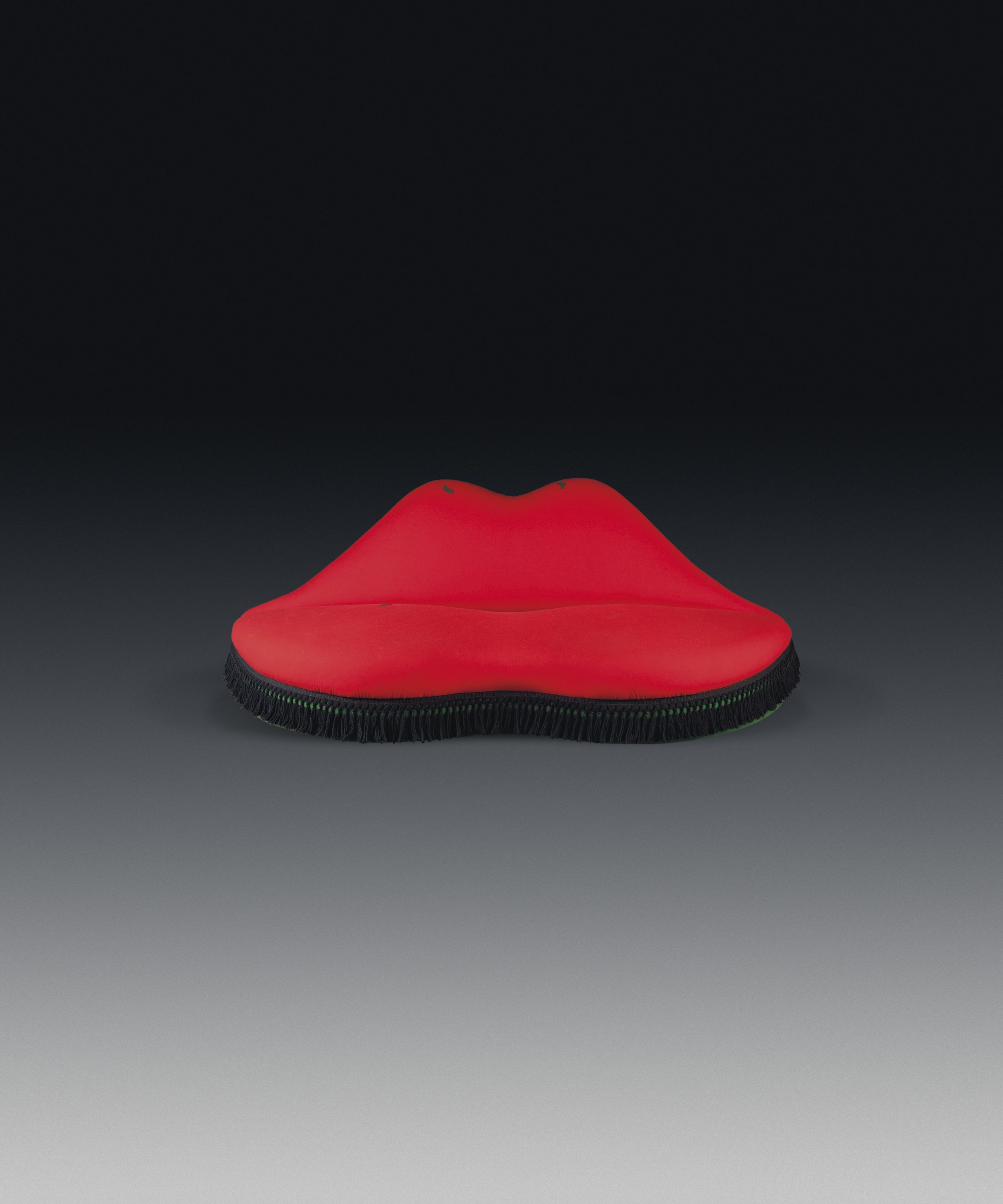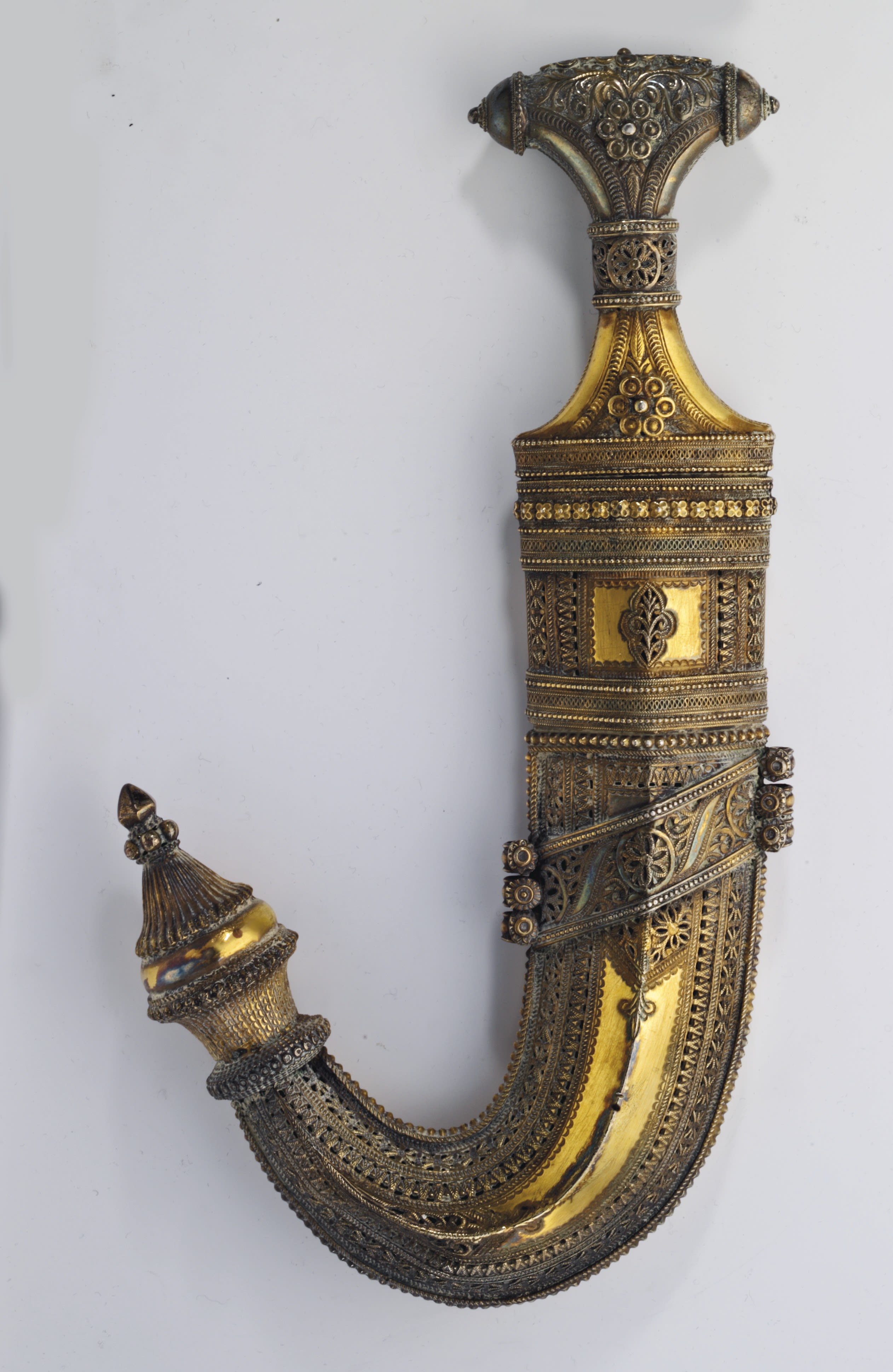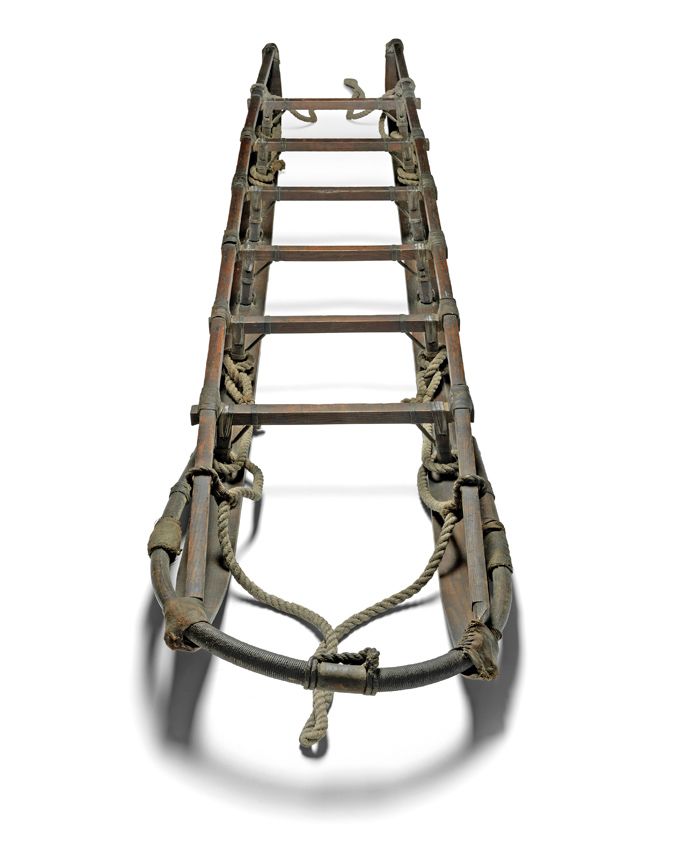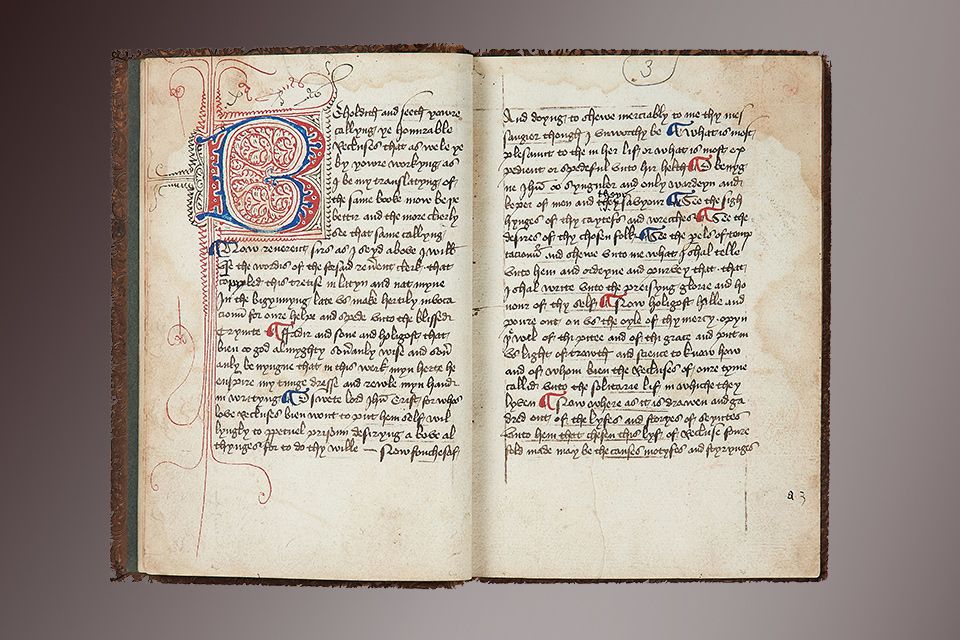Explained: Export Bars

From lips to lobsters, sledges and notebooks, a number of fascinating items are now housed in public collections across the UK thanks to the Export Bar Scheme. But what is it and how does it work?
What is an export bar?

Also known as “export deferral”, an export bar temporarily stops an important, UK-based, cultural object from leaving the country when it is sold to a foreign buyer.
This is done by delaying the decision on its export licence application, allowing time for a UK buyer to purchase it instead. Offers tend to come from public organisations, such as museums, galleries and heritage bodies.
This system aims to control what leaves the UK, and gives us the opportunity to keep objects we consider to be national treasures.
Export licences are placed on cultural objects when they are of a certain age and monetary value. Applications are initially considered by the Art Council’s Export Licensing Unit and, if an object is deemed to be of “national importance”, may then be referred to an independent reviewing committee, which recommends to Government (DCMS) whether an export licence should be allowed or delayed.
What is a cultural object and what makes something a 'national treasure'?

The Waverley Criteria is used to judge whether an object is classed as a “national treasure”. To qualify, the object must meet at least one of three criteria:
1. It is closely connected with British history and national life.
2. It is of outstanding aesthetic importance, or...
3. It is of outstanding significance for the study of art, learning or history.
Cultural objects can be anything from paintings, sculptures and other artworks, to books, mosaics, engravings, prints, photographs, maps and manuscripts.
Who decides whether an export bar should be placed and what happens next?

When a bar is placed, there is a deferral period of three months (though this can vary), which allows time for potential UK buyers to express interest.
If nobody expresses interest by the end of this period, the export licence is issued and the object can leave the UK. If someone expresses an interest, there is a second deferral period of three months (again, this can vary), allowing time for the buyer to raise money.
The Reviewing Committee on the Export of Works of Art and Objects of Cultural Interest judges the object against the Waverley Criteria, assesses its value and makes recommendations to the DCMS Cultural Property team, then to the DCMS Secretary of State, to make the final decision on whether an export bar should be placed.